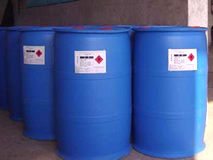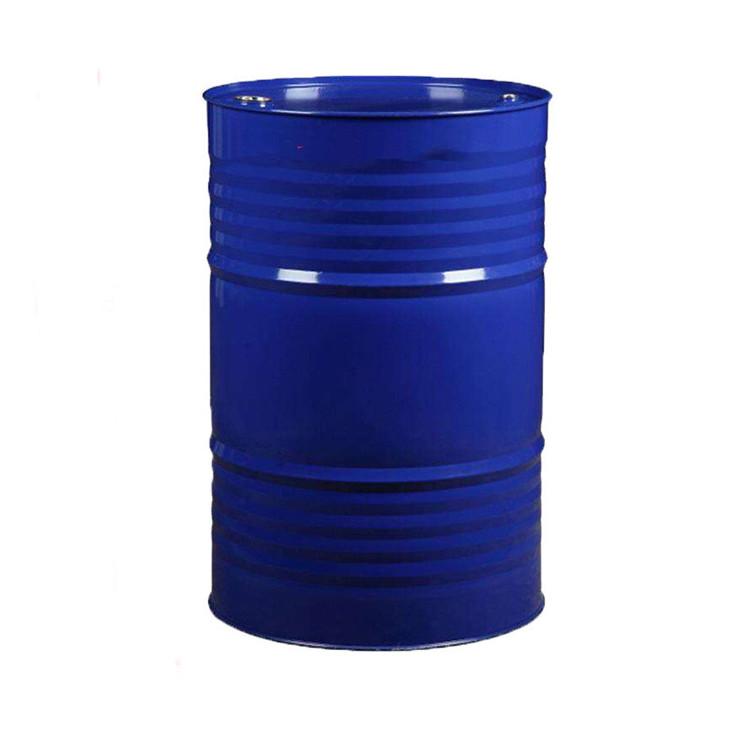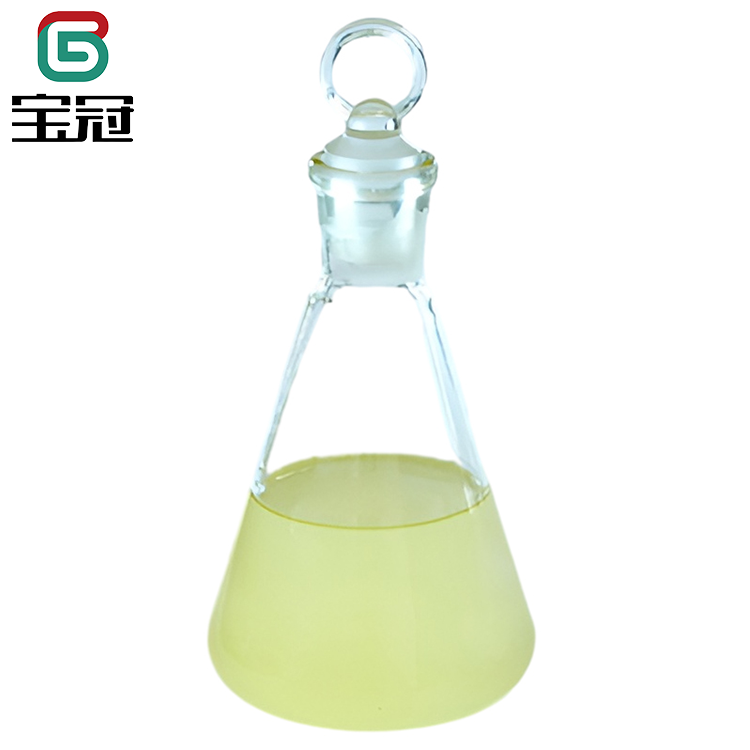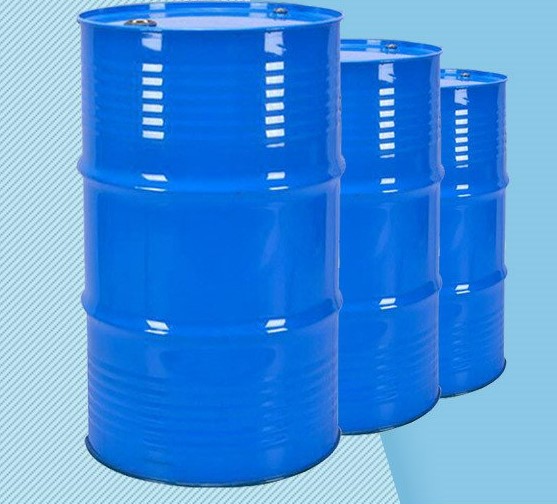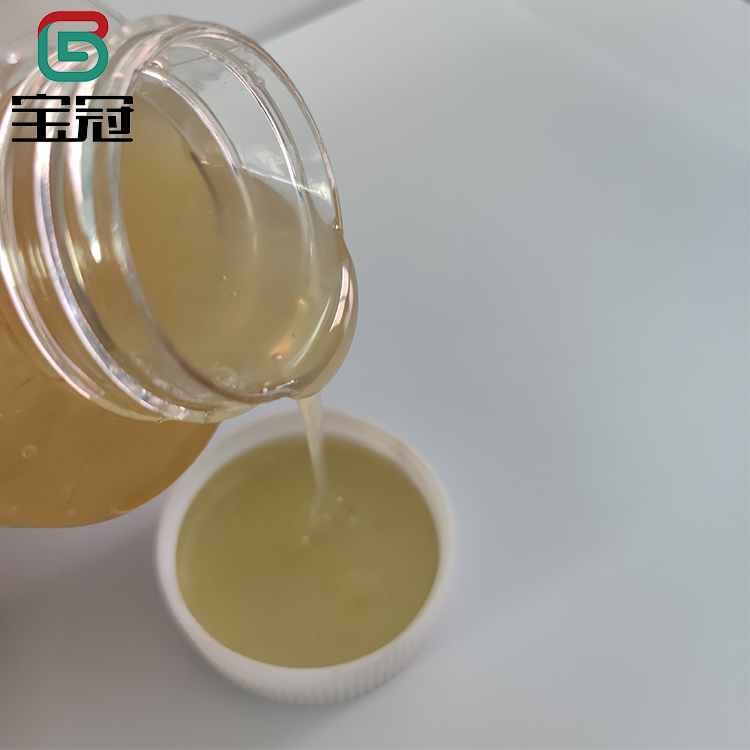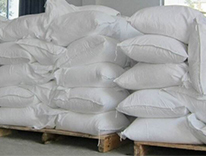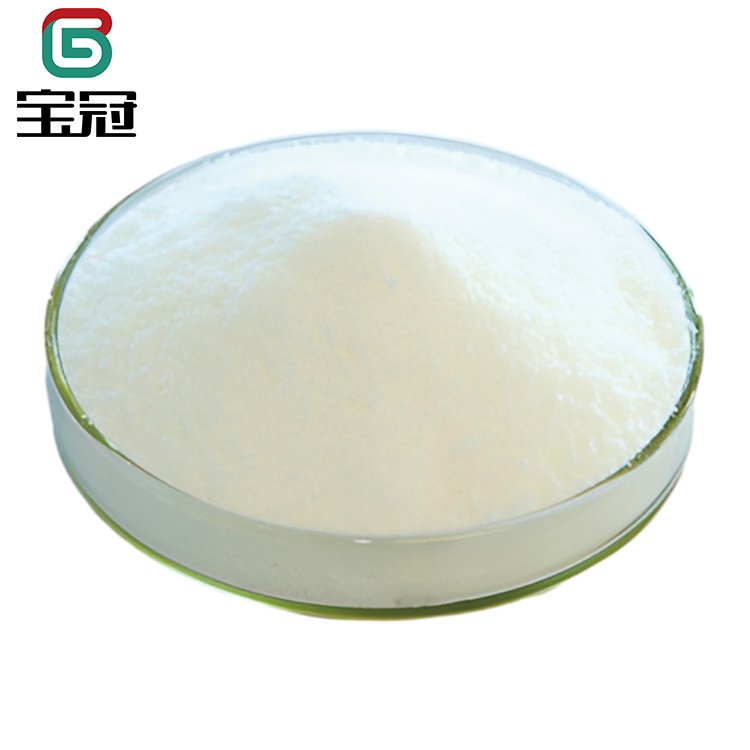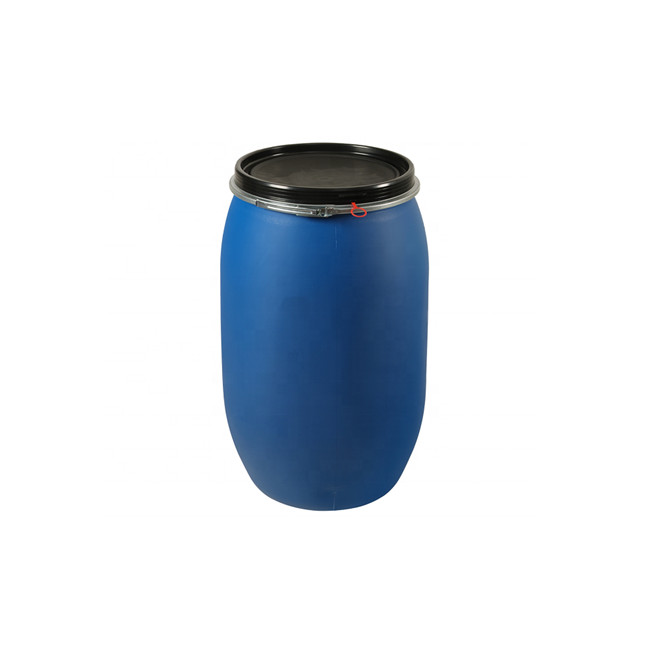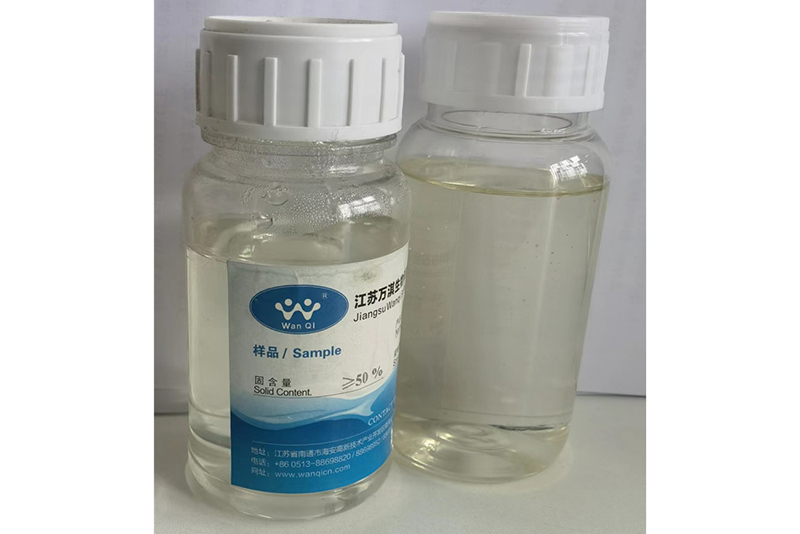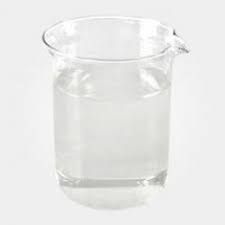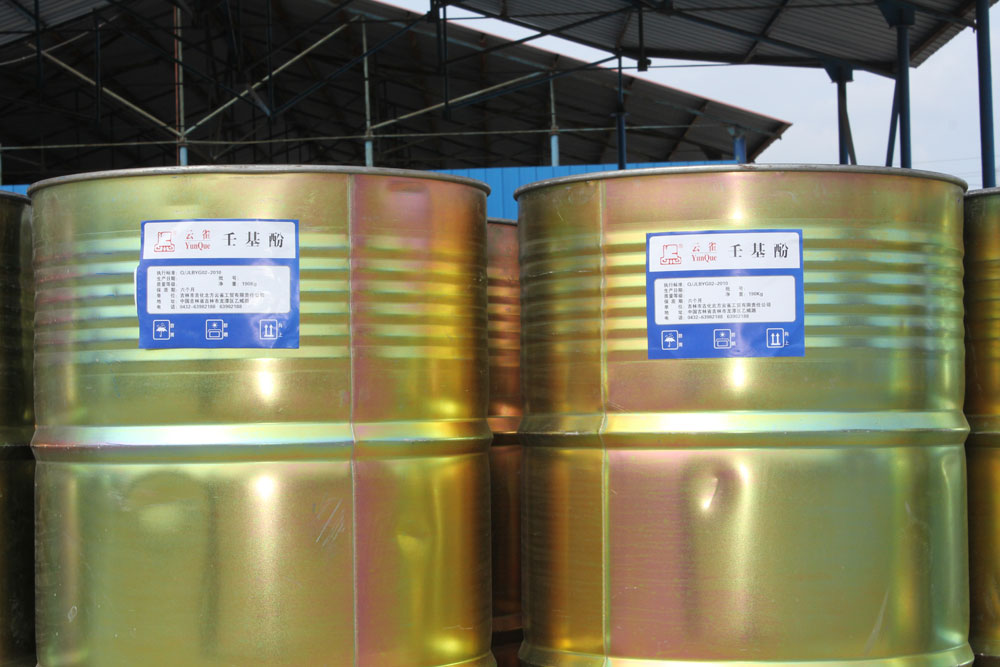CAS:1338-39-2
Molecular Formula:C18H34O6
Alias
More Information
(R)-1-((2S,3R,4S)-3,4-Dihydroxytetrahydrofuran-2-Yl)-2-Hydroxyethyl Dodecanoate; Emsorb2515; Span 20; Sorbitan Laurate; Span(R) 20; Span 20, Arlacel 20; Span No 20; Sorbitan Laurate,Sorbitan Monolaurate; Sorbitan M; Arlasel 20; Span(Tm) 20; Arlacel 20; Span(Rg 20; Glycomul Lc; (Sorbitan Monolaurate); Emulsifiers20; Radiasurf7125; Emulsifier(S20); Emulsifier S-20; Span 20 Cas No.1338-39-2; Sorbitan Monolaurate (Span-20); Span; 20 (Sorbitan Monolaurate)
Brief Introduction
Non ionic surfactant, emulsifier, lubricant, desiccant, gas chromatographic stationary liquid, separation and analysis of oxygenated compounds.
Suppliers
View More Vendors (3) >
CAS:1338-43-8
Molecular Formula:C24H44O6
Alias
More Information
Sorbitane Monooleate,Sorbitan Oleate; Ionets80; Span 80; O250; Montan80; Mo33F; Ml33F; Ml55F; Glycomulo; (Sorbitan Monooleate); (R)-1-((2S,3R,4S)-3,4-Dihydroxytetrahydrofuran-2-Yl)-2-Hydroxyethyl Oleate; Armotanmo; Oleic Acid Compound With (2R,3R,4S)-2-((R)-1,2-Dihydroxyethyl)Tetrahydrofuran-3,4-Diol; Sorgen40; Sorbitan Oleate; Emsorb2500; Emulsifiers80; Sorbons80; Arlacel 80; Emulsifier S-80
Brief Introduction
This product is used as emulsifier, stabilizer, thickener and wetting agent in medicine, cosmetics and textile industry, dispersant in paint industry and emulsifier in oil field.
Suppliers
View More Vendors (3) >
CAS:26266-57-9
Molecular Formula:C22H42O6
Alias
More Information
Montane40; Span No 40; Emsorb2510; Sorgen70; Liposorbp; (Sorbitan Monopalmitate); Span 40; Glycomulp; Sorbitan Monohexadecanoate; Arlacel 40; Sorbitan Palmitate; Span(R) 40; Crill2; Sorbitanmonopalmitate,Nf; Sorbitanpalmitat; Sorbitane Monopalmitate; Span(Tm) 40; Emulsifier S-40
Brief Introduction
This product is used as dispersing agent for printing ink, dispersing agent for various oil emulsions, emulsifying stabilizer for emulsion polymerization, effective additive for textile water-resistant composite, emulsifier for oil field and near well zone treatment agent.
Suppliers
View More Vendors (3) >
CAS:68515-73-1
Molecular Formula:C16H32O6
Alias
More Information
Alkyl Polyglycoside; Decyl Octyl D-Glucose; APG; Alkyl Polyglucoside; C8-16 Fatty Alcohol Glucoside; C8-16-Alkyl Glycosides; D-Glucose,Decyl Octyl Ethers,Oligomeric; Decyl-Octyl Glycosides Oligomer; APG0810; D-Glucopyranose,Oligomeric,Decyl Octyl Glycosides; Octyldecyl Glucoside; (3R,4S,5S,6R)-2-(Decyloxy)-6-(Hydroxymethyl)Tetrahydro-2H-Pyran-3,4,5-Triol; Decyl D-Glucoside; Decyl D-Glucopyranoside
Brief Introduction
Decyl glucoside is a new type of nonionic surfactant alkyl glycoside (APG). Starch-based surfactants have become one of the major research topics of domestic and foreign scholars since the 1980s, and alkyl glycosides are the most active research field and development focus.
Suppliers
View More Vendors (2) >
CAS:127087-87-0
Molecular Formula:C17H28O2
Alias
More Information
2-(4-Nonylphenoxy)Ethanol; Nonoxinol; Nonoxynols; 2-(P-Nonylphenoxy)Ethanol
Brief Introduction
Nonionic surfactant mixtures varying in the number of repeating ethoxy (oxy-1,2-ethanediyl) groups. They are used as detergents, emulsifiers, wetting agents, defoaming agents, etc. Nonoxynol-9, the compound with 9 repeating ethoxy groups, is a spermatocide, formulated primarily as a component of vaginal foams and creams.
Suppliers
View More Vendors (2) >
Inquiry (
10
/ 10
)
Clear All
Sign In
Error!

